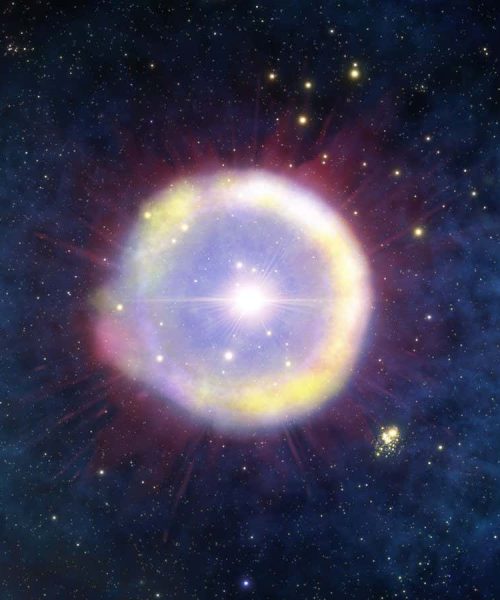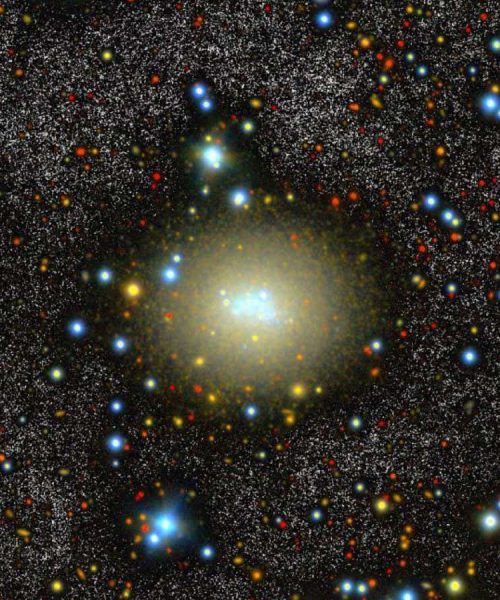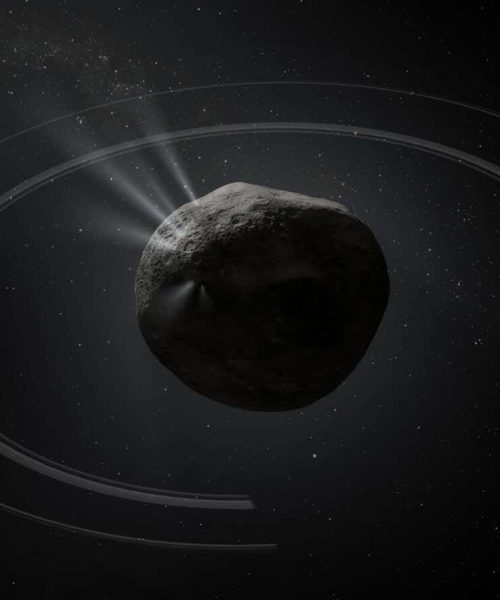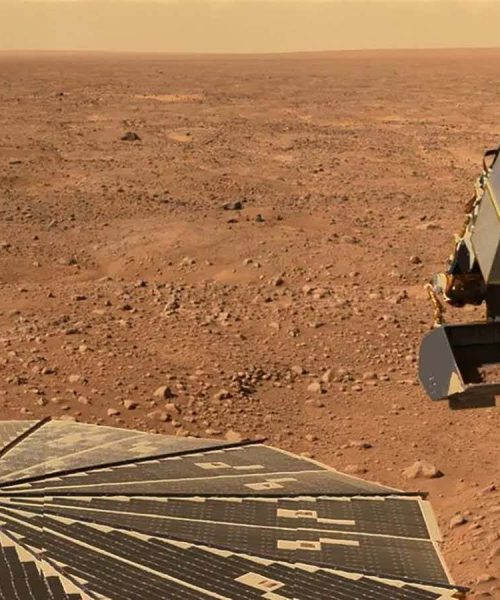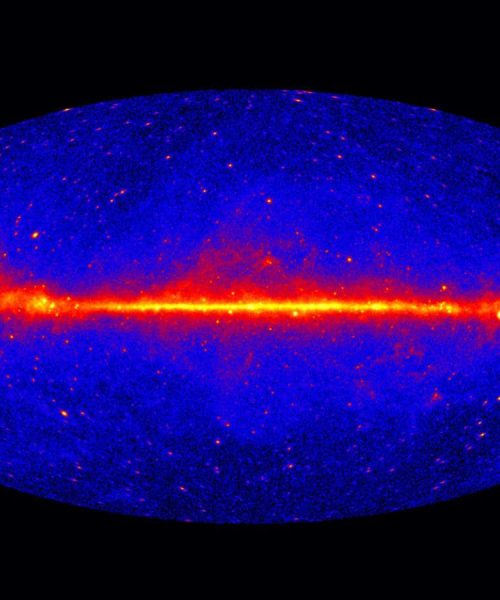
A supermoon in Colorado Springs in 2024
Parker Seibold/The Gazette via AP Photo/Alamy
The next few months will be a wonderful time for moon lovers, because we have four supermoons coming up – in a row. These exceptional full moons are the Hunter’s moon in October, the Beaver moon in November, the aptly named (for the northern hemisphere, at least) Cold moon in December and January’s Wolf moon. The key to being a supermoon is that it appears a little bigger and brighter than a regular full moon.
A supermoon occurs when a full moon happens when our satellite is at its closest point to Earth on its elliptical orbit around the planet. This makes it appear up to 8 per cent bigger and 15 per cent brighter than a regular full moon – things that skywatchers all over the world can see.
The closest full moon of the coming months will occur in November, but it is unlikely that the difference between this supermoon and the others will be noticeable. The best time to look at a supermoon is when it is rising or setting: being near the horizon gives the moon the illusion of looking even bigger – compared with objects in our immediate vicinity.
The first supermoon will occur on 7 October. If the night is clear, you should be able to see the moon fully lit up in the night sky as soon as the sun has set, wherever you are.
Even if you miss this, it is still a lovely time to check out the moon, because in the days following the full moon, it will creep across a busy part of the sky towards the constellation of Taurus. As it travels, there will be lots of objects to pick out.
By 10 October, the moon will be waning, but still more than 75 per cent illuminated, and it will appear next to the Pleiades in the night sky. The Pleiades is a group of stars that is also known as the Seven Sisters. It is an open cluster, describing a collection of young stars that formed at the same time, and is about 440 light years away.
To the naked eye, only the brightest stars are visible – hence the name, Seven Sisters. They appear roughly in the shape of a square with a line coming out of one corner, like a mini version of the Plough, or Big Dipper.
By 14 October, the moon will be less than 50 per cent illuminated, so it will look just less than a half moon, and it will be next to the planet Jupiter. If you have binoculars or a small telescope, you might be able to make out some of Jupiter’s four Galilean moons, its largest satellites.
If you want to study the moon in even more detail, then take a look at it through a telescope on 30 October, when it will be in its first quarter phase. For a few hours every month, there is a chance to see some fascinating optical illusions called the lunar X and V. These are shapes that appear on the moon’s surface.
Then, by early November, it will be time for the next supermoon.
These articles are posted each week at
newscientist.com/maker
